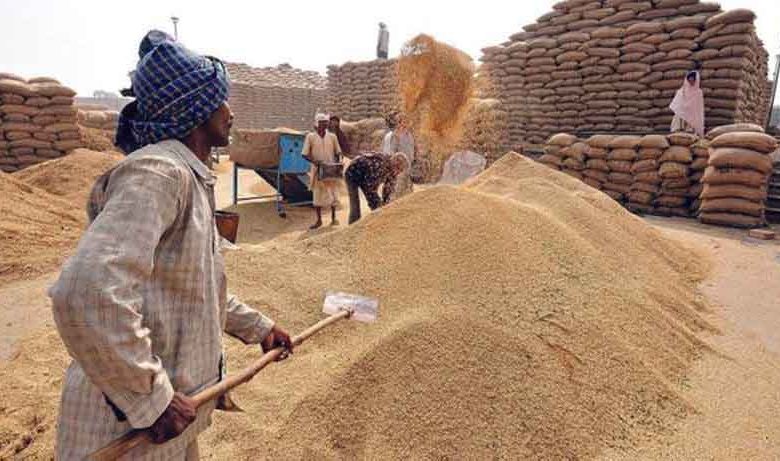Punjab: Why did the government tighten the stock limit of wheat

Punjab: In a major decision aimed at controlling prices, the government on Wednesday reduced the limit of wheat stock that can be held by traders and millers, to manage overall food security, prevent hoarding and unscrupulous speculation. The Centre said wheat prices are being closely monitored and appropriate interventions are being made to ensure price stability for consumers in the country.
What the further reduction means
The stock limit is applicable to traders/wholesalers, retailers, large chain retailers and processors across all states and Union Territories. Traders can now hold only 1,000 tonnes of wheat against 2,000 tonnes. Retailers can hold 5 tonnes against 10 tonnes earlier. Large chain retailers can hold 5 tonnes for each outlet subject to a maximum amount of stock (5 times total number of outlets) across all their outlets and depots put together. Earlier it was 10 tonnes and 10 times the total number of outlets. The government has also tightened stock-holding limits for wheat processors. They will now be allowed to maintain 50% instead of 60% of their monthly installed capacity till April 2025. All wheat storage entities will register on the wheat stock limit portal and update their status every Friday. Anyone not registering on the portal or violating the stock limit will be subjected to appropriate penal action under Sections 6 and 7 of the Essential Commodities Act, 1955. If the above entities have stock in excess of the above prescribed limit, they will have to bring it down to the prescribed stock limit within 15 days of the issue of the notification.
Why the new cut
According to the report, wheat prices in India, especially in the south, hit a record high of Rs 34,000 per tonne in November. Experts said this was due to strong demand, limited supply and delay in release of stocks from warehouses by the government to boost supply. Stock limits on wheat were first imposed on June 24 and later revised on September 9 to tighten norms. The government also announced that it will sell 2.5 million tonnes from its stocks to bulk buyers such as flour millers and processors through weekly e-auctions under the open market sale scheme till March 2025. Today’s move is aimed at addressing the possibility of price rise in the coming months, especially when supply is considered “lean”. Experts say the new season crop is not expected to hit the market until March-April and prices are expected to remain stable around Rs 29-30 per kg in the coming months or till the new crop arrives.
Changing trends
Rice consumption per capita per month, including rice consuming areas, has declined while wheat consumption has increased, especially in rural areas. Ensuring adequate availability of wheat in the country, the government said a total wheat production of 1132 LMT was recorded during Rabi 2024. FCI currently has a wheat stock of 222.64 lakh tonnes, much higher than the buffer norm of January 1. India’s retail inflation hit a 14-month high in October, led by a jump in vegetable prices. According to reports, annual retail inflation of 6.21% in October breached the central bank’s tolerance band for the first time in more than a year. With core and food price indices remaining interlinked, a new study suggests that inflation in India is unlikely to ease quickly. While food and vegetable prices are at cyclical highs, the supply response may lag the demand boost from income-transfer schemes, contributing to persistent inflation pressures,” says the report, citing Axis Bank’s ‘India Economic and Market Outlook 2025’.





